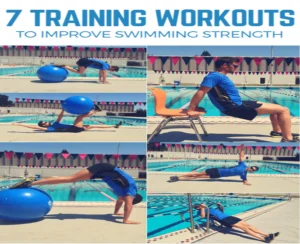What are Common Swimming Overuse Injuries?
Swimming is a sport that delights and motivates people across all age groups. It is an interesting sport, in that it joins the uppermost and lowest point of the body with cardiovascular activity in a non-weight bearing environment. It is a full-body exercise.
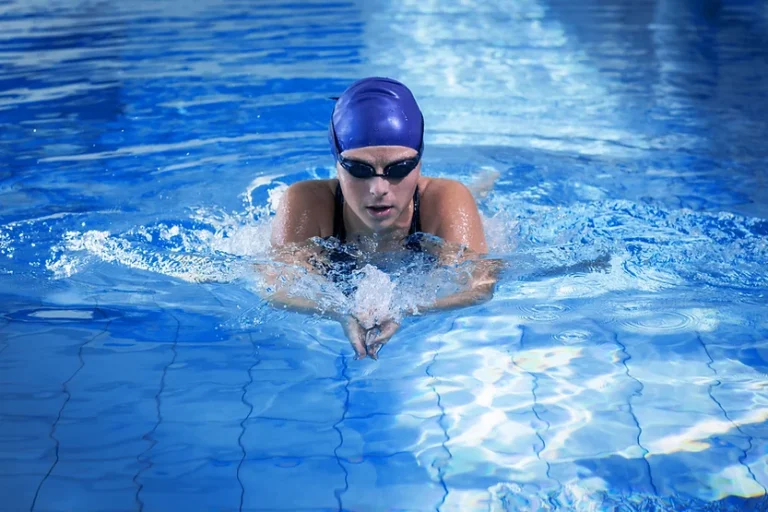
Unfortunately, swimmers are inclined to injury. Most swimming wounds are classified as abuse wounds and identify with defective biomechanics.
The most widely recognized swimming injury areas are the shoulder, neck, lower back, and knee.
The most widely recognized swimming injury areas are the shoulder, neck, lower back, and knee.
Swimming injuries can be caused by a variety of factors, such as:
- Poor stroke mechanics
- Poor breathing procedure
- Poor adaptability or scope of movement of the neck or lower back
- Hyper adaptability of joints with deficient solid adjustment
- Decreased rotator cuff and scapular muscle quality
- Decreased hip muscle quality
- Overtraining
- Insufficient rest periods
Let’s understand these swimming injuries and possible treatments.
Swimmer’s Shoulder
Shoulder torment is the most successive muscular injury in swimmers, with a revealed pervasiveness somewhere in the range of 40% and 91% in elite swimmers. Swimmer’s shoulder is a condition that occurs due to overuse and tedious movement and can be delegated as microtrauma.
Swimmer’s shoulder normally presents as:
- Rotator sleeve injury
- Bicipital tendinitis
- Subacromial bursitis
- Subacromial impingement
Swimmer’s shoulder can bring about the pathology of the rotator sleeve, glenoid labrum, and long head of the biceps.
Swimmer’s Back
The spine is another site prone to injury in top-level swimmers, especially swimmers proficient in the butterfly stroke and breaststroke. In swimmers, gravity and lightness powers are going through the body with the possibility to cause changes at the lumbar spine. Due to the undulating movement (lumbar extension) used in the butterfly and breaststroke, there is potential for creating torment optional to weight on the joints
Causes for Swimmer’s Back:
- Hyperextension of the lumbar spine during free-form and butterfly
- Poor kick method
- Stress cracks are a possible reason in youthful swimmers
- Disc degeneration and facet joint degeneration in more established swimmers
- Improper timing of butterfly stroke expands strain on the lower back and the chance of neck, shoulder, or back agony
- Poor adaptability of the spine and lower back
- Insufficient center solidarity to keep up a straight arrangement in a body in water
- Overuse of gadgets e.g. paddles on hands, blades, kick sheets uncovering the open dynamic chain of swimming to various loads and overstating lumbar lordosis
- Tightness in the hip flexors or deficient body move during swimming may prompt remuneration at the lumbar spine
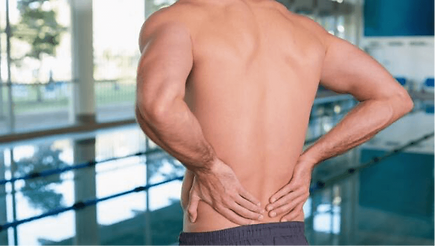
Swimmer’s Knee
Knee torment figures range from 34% to 86% for a solitary knee situation, mostly found in breaststrokers.
The main cause for knee injuries in swimmers is repeated pressure on the medial side of the knee during the whip-like movement. The common injuries seen are sprain to the MCL ligament and strain to adductor muscle group and the other knee suffers from injuries like patellofemoral syndrome and medial synovitis.
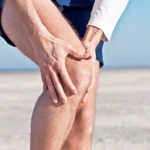
Swimmer’s Neck
Causes can be:
- Arthritic change
- Disc degeneration
- Nerve root irritation
- Unilateral breath swimmers are more prone to neck injuries
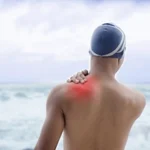
Physiotherapy for Swimmers Injuries
A Subjective Assessment involves
- Site of pain (easy to localise or broad region) and or neurological sensations
- Irritability of condition (pain level, aggravating and relieving factors)
- Changes in current training program
- Changes in swimming technique
An Objective Assessment involves:
- Postural disabilities like Expanded thoracic kyphosis, Diminished cervical lordosis, Extended scapulae, Excessive Lumbar Lordosis, and Inside pivoted/front humeral head
- Quality of scapular stabilizers, rotator sleeve muscles, latissimus dorsi, trapezius, and lower limb muscles
- Length of support muscles for specific joint and surrounding soft tissues
- AROM
- PROM
- Resisted Movement
- Special test for specific joint/ area of pain
Physiotherapy Management is decided based on the specific cause of injury/pain.
Treatment techniques involves:
Treatment techniques involves:
- Hot pack and cold pack
- US/IFT/TENS
- Postural correction
- Soft tissue mobilization
- Trigger point therapy
- Myofascial release
- Manipulation/mobilizationTaping
- Rehabilitation include: Stretches, Core stabilization exercises, and specific area muscle strength
Stretches for Swimmers:
- Back shoulder stretch
- Pectoral stretch
- Long head biceps stretch
- Upper thoracic spine portability stretch
- Latissimus dorsi
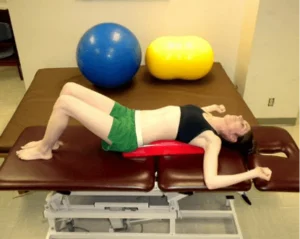
Reach out to us for expert guidance from our senior Physiotherapist

